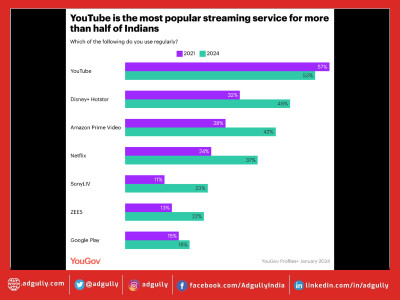Ad-supported streaming a boon for consumers: Hub research
According to recent findings from Hub Research, the integration of ad-supported content throughout the streaming video landscape offers significant advantages for both consumers and distributors. The study, based on a survey of 3,063 U.S. consumers aged 14-74 who watch at least an hour of TV weekly, reveals that nearly all TV viewers consume ad-supported content. Interestingly, approximately 60% of them prefer ad-supported subscriptions if it means a lower monthly fee.
Mark Loughney, a senior consultant to Hub, remarked, "Consumers not only tolerate advertising in video content, but in many cases, they also see its benefits. It enables them to access their preferred video tiers at a reduced cost, and when executed effectively, advertising enhances the viewing experience."
In comparison to those who find ads acceptable, the percentage of respondents who claimed they cannot stand ads on TV is relatively small. When faced with the choice of paying a premium to avoid ads or accepting advertising to save $4 to $5 per month on a subscription, the majority of consumers opt for ad-supported options. Surprisingly, even a third of those who claim to have low tolerance for ads are willing to accept them if it means a cheaper subscription.
Furthermore, the number of respondents who expressed a preference for choosing their subscription tier is on the rise. Nearly 40% desire providers to offer a choice between a premium ad-free experience and a more budget-friendly option with ads. Services that incorporate these choices have the potential to appeal to all segments of consumers.
Streaming services that have introduced ad-supported tiers can take heart in the fact that their subscribers perceive them as providing a superior ad experience. Notably, Max, Disney+, and Netflix receive higher ratings than their competitors. It appears that consumers have not reacted negatively to the introduction of ads in these platforms, which were previously ad-free.
When viewers are presented with a reasonable amount of advertising content, they tend to pay more attention. This applies to the overall number of ads as well as the length of the ad breaks.
In today's landscape, where consumers have access to multiple viewing sources, ad-supported subscriptions play a vital role, according to Hub. Subscribers desire the flexibility to control their subscription expenses and decide how much advertising they are willing to watch in return. For streaming services, offering both ad-supported and ad-free tiers represents a clear way to deliver value to their customers.


















Share
Facebook
YouTube
Tweet
Twitter
LinkedIn